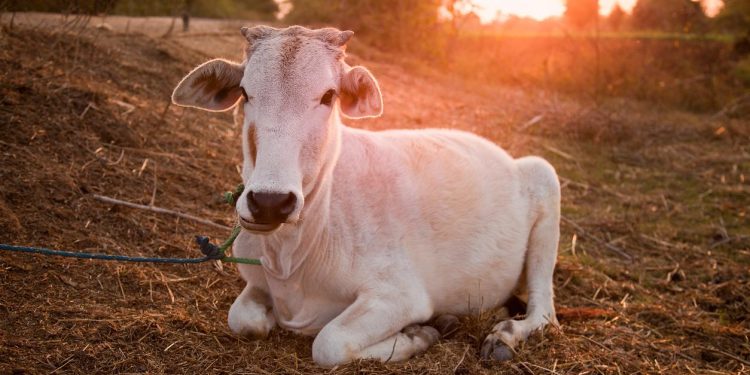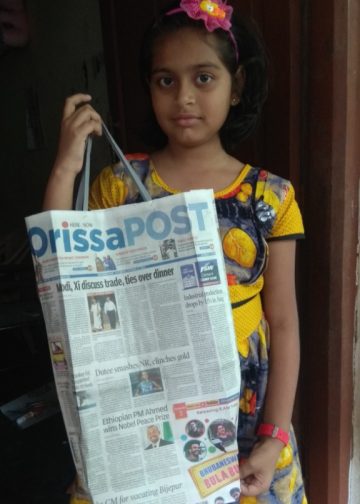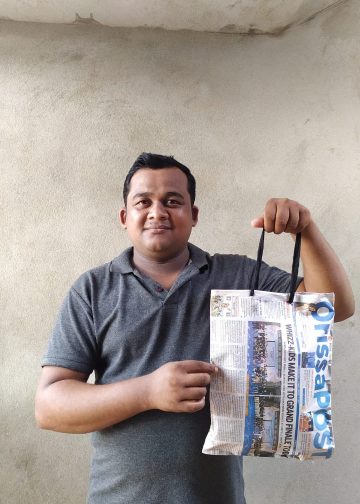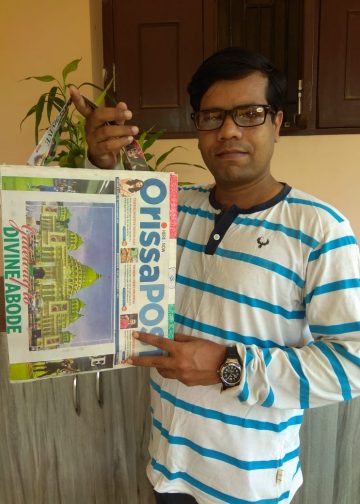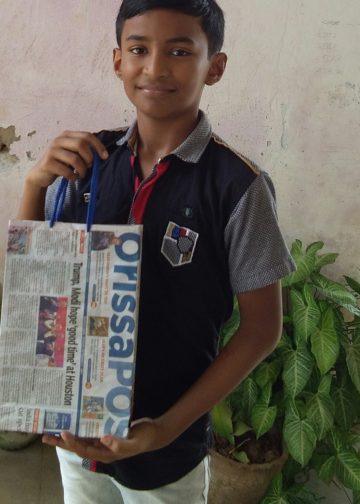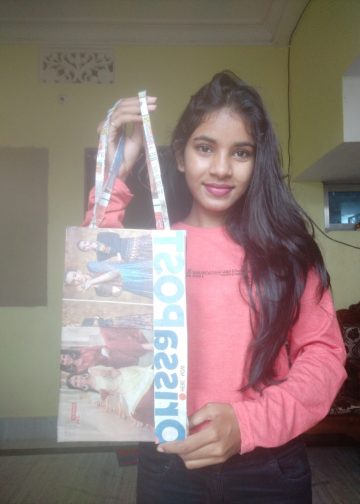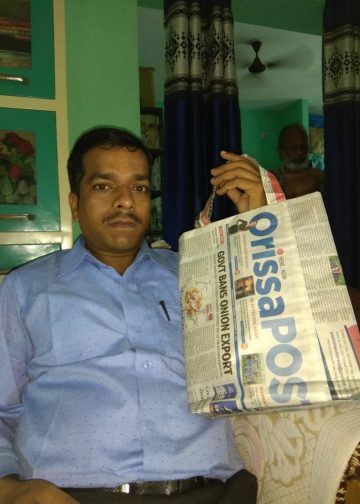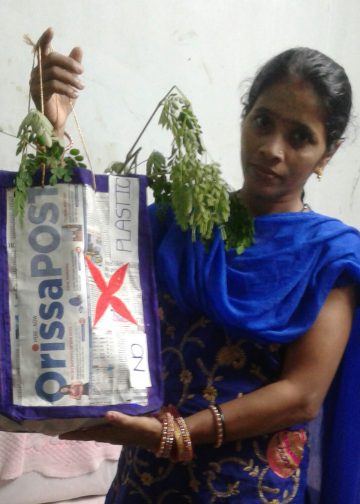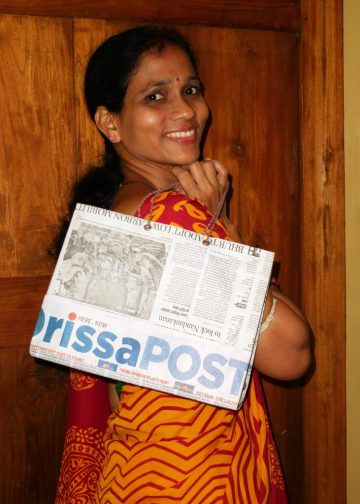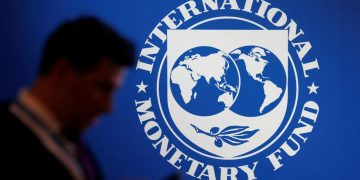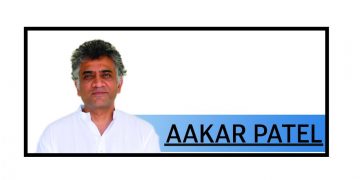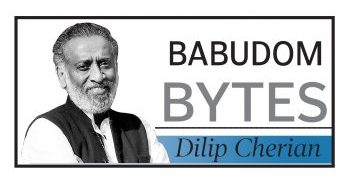Debendra Kumar Biswal
The recent initiatives of the Rashtriya Kamdhenu Ayog of the Government of India to disseminate information on economic, scientific, environmental, health, agriculture and spiritual relevance of indigenous cows has brought to the fore three major discourses associated with the ‘sacred cow’ going on between ‘right wing extremism’ versus ‘liberal’ social thinkers. Firstly, should the spiritual transformation of the Indian cow be understood through modern scientific terms? Secondly, should cow worship be a political debate? The theory of cultural ecology in anthropology brings the relationship between political conflicts and religious practices. Finally, should the prohibition of beef consumption be understood as a form of disaster insurance in the Indian society?
The cultural ecology of ‘India’s sacred cow’ needs a restudy – why the Hindus in India would rather starve to death than eat the cow or even deprive it of food. Or for that matter, not eating beef can, in the right context, result in having more food. Firstly, history says that cow worship is a relatively recent development in India; it evolved as the Hindu religion developed and evolved. The earliest Vedas, the Hindu sacred texts from the second millennium BC, do not prohibit cow slaughter. Instead, they ordain its slaughter as a part of sacrificial rites and its consumption at ceremonial feasts presided over by Brahman priests. AN Bose, in Social and Rural Economy of Northern India, 600 BC -200 AD, writes that many of the sacred-cow passages were incorporated into the texts by priests of a later period. By 200 AD, the status of the Indian cattle had undergone a spiritual transformation and by 1000 AD all Hindus were forbidden to eat beef.
Three major justifications can be cited for the sacredness of cow and restrictions for beef eating – spiritual, religious and economic. Ahimsa, the Hindu belief in the unity of all life forbids it. Another important event that helped to shape the modern complex was the Islamic invasion. Hindus may have found it politically expedient to set themselves off from the invaders, who were beef-eaters. Thirdly, Indian peasants who decided to save the cow for procreation to produce oxen were the ones who survived natural disasters. Those who ate beef lost the tools with which to farm. Over a period of centuries, more and more farmers probably avoided beef until an unwritten taboo came into existence. Later on, to remove temptation, the practice was codified by the priesthood, flesh of cattle became taboo and the cow became sacred.
Secondly, cow worship even carries over into politics, keeping aside the significance of its cultural ecology. The issue of cow protection was not a debate during the earlier governments. For instance, once the Ministry of Information maintained that “the large animal population is more a liability than an asset in view of our land resources”. Contrary to it, India’s neighbouring country Nepal equates cow slaughter as murder. Once, a car driven by an official of a United States agency struck and killed a cow. In order to avoid a situation that would have arisen if the official was arrested for murder, the Nepalese magistrate concluded that the cow had committed suicide. In India, the rise of cow protection committees is a recent development.
In modern India, cow is a symbol of health and abundance. It provides milk, which could be the substitute to mother’s breastfeeding. The cow is the factory that produces ox, the mainstay of the Indian agricultural system and also treated as the peasant’s tractor. Unlike western countries, the food for cattle costs the human population virtually nothing in India. Indian cattle eat only the inedible remains of subsistence crops – rice straw, rice hulls, the tops of sugarcane, and mustard-oil cake. As American agronomist Odend’hal says, “Basically, the cattle convert items of little direct human value into products of immediate utility.”
More than 800 million tonnes of dung is used as cooking fuel and fertilizer. Dried dung burns slowly, cleanly, and with low heat – characteristics that satisfy the household needs of Indian women. It is estimated that the dung used for cooking fuel provides the energy equivalent to 43 million tonnes of coal. It would cost India more than two billion dollars extra in foreign exchange to replace the dung with coal. And if the 350 million tonnes of manure that are being used as fertilizer were replaced with commercial fertilizers, the expense would be even greater. Roger Revelle of the University of California has calculated that 89 per cent of the energy used in Indian agriculture (the equivalent of about 140 million tonnes of coal) is provided by local sources.
Thirdly, specialists in food habits argue that India, one of the world’s great civilizations, is being strangled by its love for cow. Hinduism is an irrational ideology that compels people to overlook abundant, nutritious food for scarcer, less healthful foods. MN Srinivas, an Indian anthropologist, states: “orthodox Hindu opinion regards killing of cattle with abhorrence, even though the refusal to kill the vast number of useless cattle is detrimental to the nation”. The statutes prohibiting cattle slaughter are less important than the religious laws. Legally, the ban on cow slaughter is State, not Union law and not all States restrict it. But religious laws see it as consumption of flesh of cows, bulls and oxen. The cow is the most sacred because it can produce the other two. The peasant whose cow dies is not only crying over a spiritual loss but also over the loss of his farm as well. Thus, prohibiting beef consumption is a form of disaster insurance for Indian society. Indian agriculture is full of natural disasters like failure of monsoon and drought. Indian farmers and the cattle are accustomed to these natural disasters. Keeping alive the cows, that can later produce oxen, assures the recovery of the agricultural system from these greatest challenges, which has happened several times in the history of the Ganges valley.
The sacredness of the cow is not just an ignorant belief that stands in the way of progress. Like all concepts of sacred and profane, this one affects the physical world; it defines the relationships that are important for the maintenance of society. The practice arose to prevent the population from consuming the animal on which Indian agriculture depends. Practices and beliefs can be rational or irrational, but a society that fails to adapt to its environment is doomed to extinction. Only those societies that draw the necessities of life from their surroundings without destroying those surroundings, inherit the earth. They are not understandable in modern scientific terms.
The writer is an Assistant Professor, Department of Contemporary and Tribal Customary Law, Central University of Jharkhand. Views are personal.


